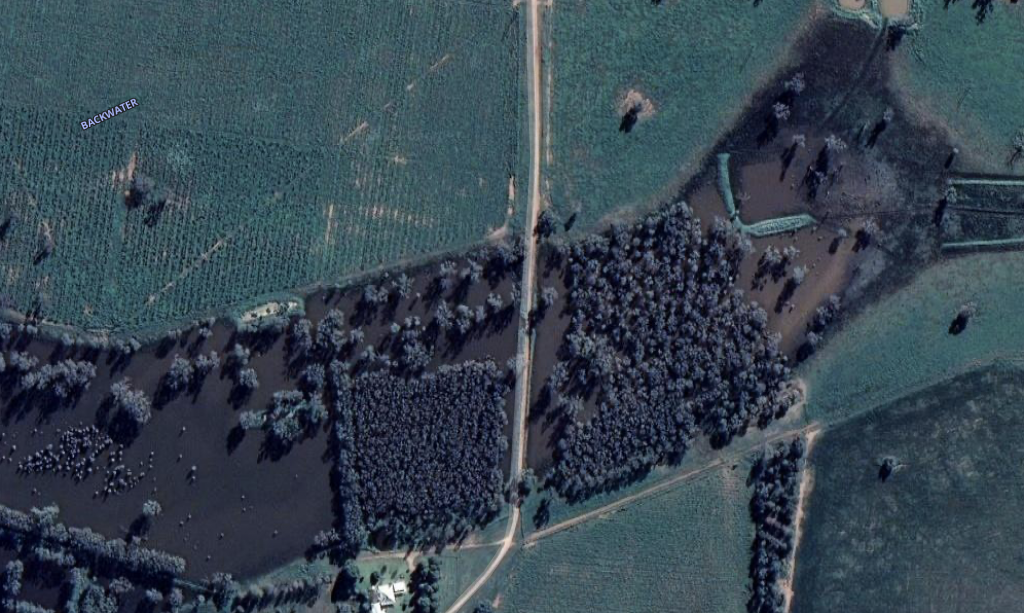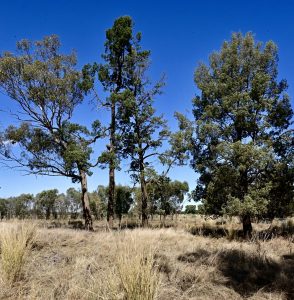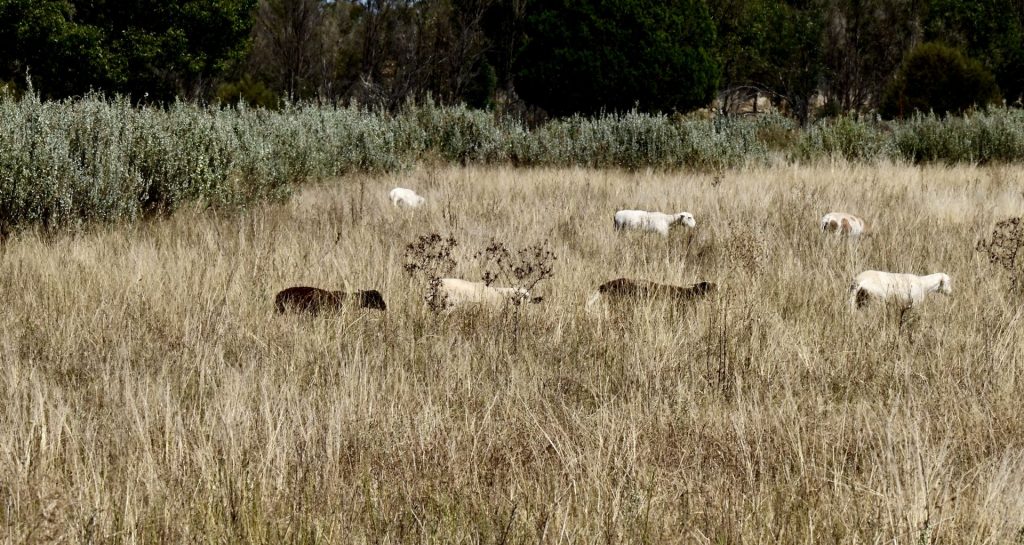
In early April, APS NSW members visited the Central West to learn about the innovative practices of farmers and conservationists in the region.
Bruce Maynard’s ‘road to Damascus’ as a conservationist began when he was a young man.
Bruce realised that farmers investing in fertilisers, herbicides, pesticides and irrigation while deep-ploughing their land to grow a high yielding crop was not sustainable. Farmers were still going bankrupt and in the process destroying their land. Their soil’s biomass, the source of fertility, was being exhausted in their craving for profit.
Change came in the 1990s when Bruce adopted a holistic approach to agriculture. He treated cropping and grazing as one entity. He developed the No-Kill cropping method to actively reduce the impact of cropping and animal husbandry on his farm’s ecology.
Bruce and Roz Maynard, known as ‘the lazy farmers from Narromine’, have successfully integrated a number of innovative farming techniques on their property. Bruce is a fourth-generation mixed enterprise producer (i.e. cattle, wool, lamb, cereals) who farms at Willydah, near Narromine. Bruce has dedicated much of his 35-year career to developing a farming system that conserves as much of the natural landscape’s function as possible. His No-Kill cropping system involves planting a crop in a natural grassland.
Bruce told the group, “In monoculture cropping you obliterate everything else and you’ve only got one product coming off the paddock. But with No-Kill you have the potential of multiple products at 10% of the regular cropping cost.”
“There’s also a synergy with livestock, because No-Kill changes the whole feed base. It’s not just about the extra dry matter; there’s also dietary diversity. Weed populations dwindle because the animals keep on consuming plants they wouldn’t otherwise eat.”

By retaining the natural grassland biomass their land’s carrying capacity has been boosted while reducing input costs. No-Kill cropping is based on five main principles: sowing dry, using straight-running, coulter-type seeding equipment, no pesticides or herbicides, no fertilisers and good grazing management. The cropping of cereal oats and rye involves dry disc sowing into natural grasslands. Reasonable yields were maintained in 2009 during the millennium drought using this method. A row crop header can harvest these crops or the property’s mixture of shedding and hair breed sheep and mixed breed cattle can be grazed. Bruce’s 1,500 ha property averages a carrying capacity of 18,000 dry sheep equivalent.

Bruce Maynard is working towards a ‘triple layer’ cover of grasses, shrubs and trees across his property. When initiating his holistic farming method the Maynard farm lacked a shrub layer. It had either been removed for cropping or grazed by livestock. In 1998 Bruce began experimenting with planting saltbush in various layouts as a means of re-establishing shrubs in the landscape. This proved to be an evolving process by which he started with blocks of saltbush then transitioned to alleys before eventually adopting curved plantings that were more effective in providing windbreaks. The family established more than 300,000 saltbush plants on less than 15% of their property. After 25 years of planting salt bush, it is still his main perennial shrub.
“In the very wet times (animals) enjoy having shrubs,” he said. “It’s a year-round thing not just kept for the drought times; it’s also a windbreak, shelter and shade.” Bruce also claims that a varied diet has produced animals that taste better.
